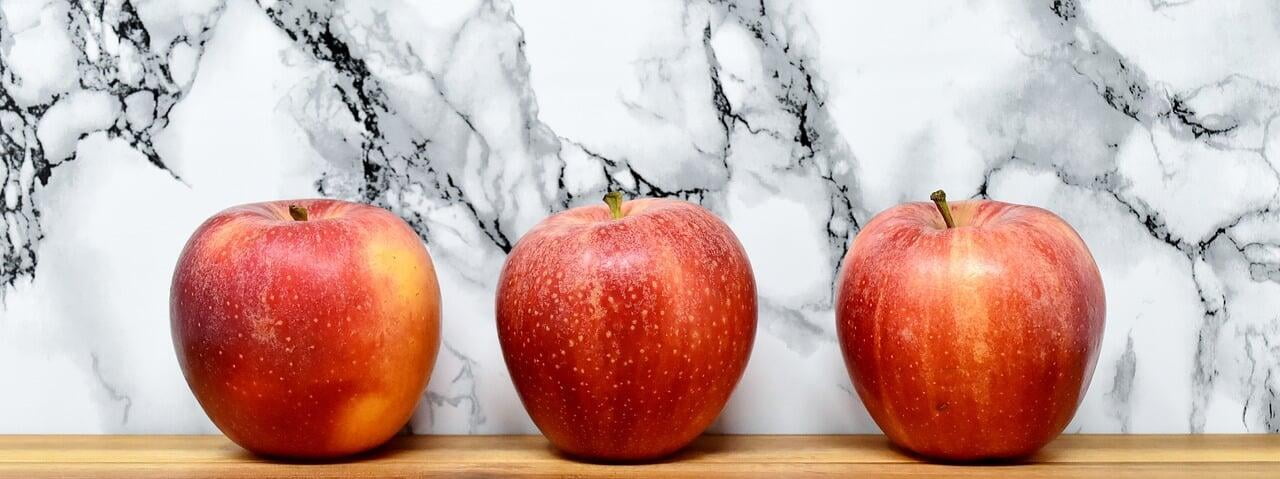Up for some fruits shopping? When you see your favourite fruits arranged on the shelves, what about them attracts you the most? I suppose their shine and bright colours. Vendors manipulate these exact qualities to trap people into buying them. Today, we will discuss one such technique that is used widely in the case of apples - waxing.
Why do vendors wax-coat the apples?
Apples harvested fresh from the trees have a natural wax coating on their surface. This wax- coat helps the fruit to retain water, prevent shrinkage and weight loss. When these fruits are being transported from farm to any marketplace, this natural wax wears off with time. This leads to spoilage and lower shelf life of the fruit. So the natural wax is removed beforehand by washing them with water. Then, an artificial coat of wax is applied to it. These coatings don't come off easily and works the same as natural wax to seal the moisture.
Thick wax coatings prevent aerobic respiration of the fruit, which can lead to fermentation and decay of fruits. Vendors may use one of the several kinds of wax available for coating of the fruits. Natural waxes like beeswax, shellac wax and vegetable waxes like palm wax, carnauba waxes are fine to consume. However, to cut costs, vendors may use cheaper synthetic and petroleum-based waxes which are unfit for consumption.
Health effects of consuming waxed apples
Synthetic wax can harm our digestive system leading to complicated gastric problems. They can also cause ulcers if consumed for longer periods.
Saftey tips to de-wax an apple
If you are unsure about the presence of wax in the apple you are about to consume, you can always play safe by peeling off its skin. However, if you like the crisp taste of the skin and have some time at hand, you can de-wax the apples following these simple techniques.
- Rub apple peel with white vinegar
- Then clean the surface of the apple with lukewarm water
- After this, when you touch the fruit, you can feel wax-like coating over it
- Remove this wax coat carefully using a kitchen knife.
The apple is now fit to consume.
Best practices while shopping for apples
- Try to buy from retailers who have their apple farms. Most likely they will sell fresh apples without any wax.
- Apples without wax will not have a uniform red colour. You can find some yellow or orange coloured small-small patches on the skin. However, check for its firmness by pressing it a little in your palm. This will help you get an idea about the health of apple form inside.
- Always read the label to check for the nature of wax as mentioned by the vendor. If you are comfortable with beeswax, Shellac wax or vegetable waxes like Palm wax and Carnauba wax, then you can clean them at home safely using the procedure mentioned above.
- You can always smell apples for their natural fragrance which is usually missing from wax coated ones.
Stay Informed. Stay Safe!
